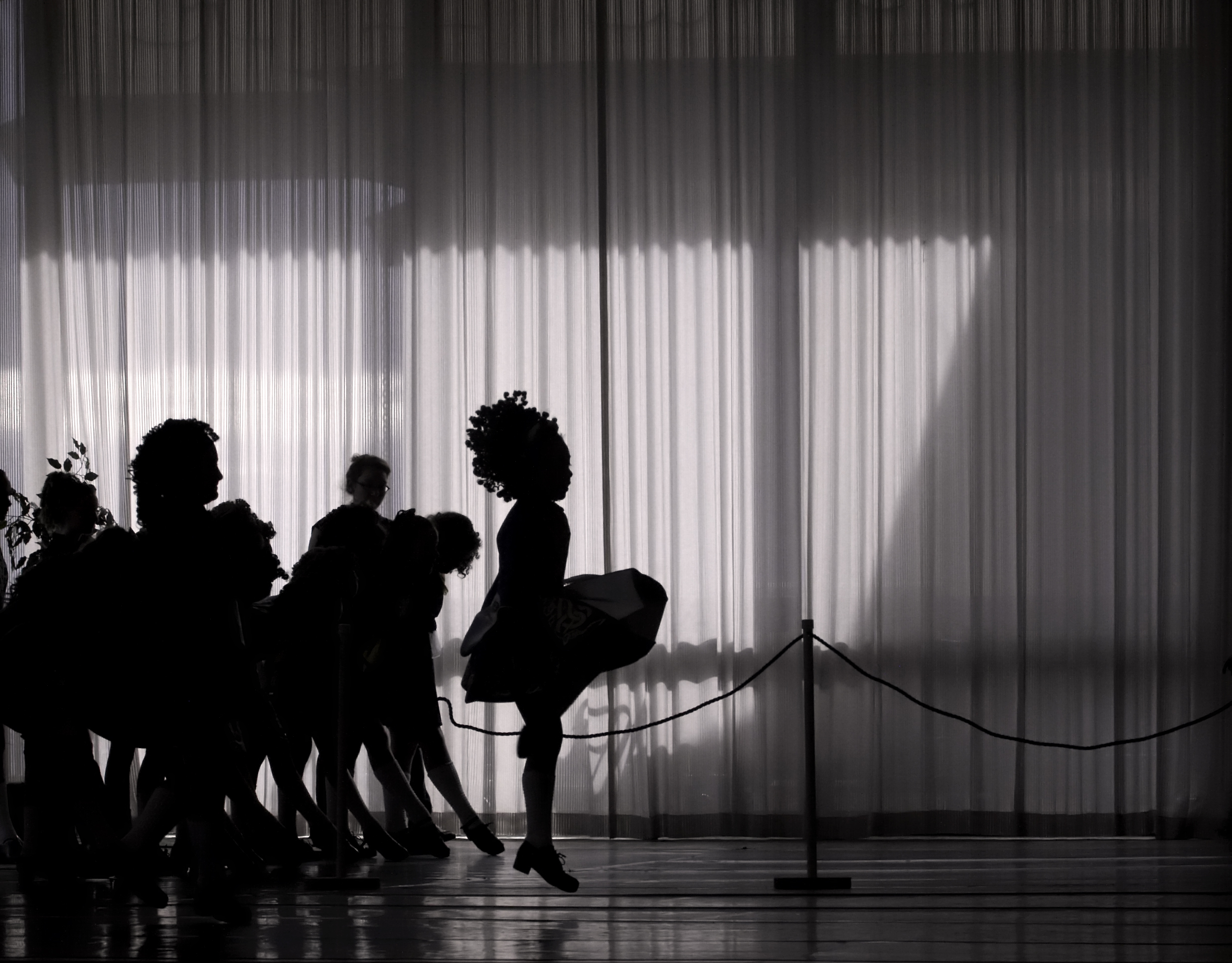
It’s St. Patrick’s Day soon and all around we see people wearing green, celebrating Irish heritage and admiring the Irish step dancers at parades and performances. Irish step dancing, a traditional style of performance that originated in Ireland is characterized by a stiff upper body and quick, precise movements of the feet. Many schools teach the traditional dance and it remains popular among wee lasses and some lads.
This beautiful dance form does come with risk for the dancers. In a 2010 issue of the journal of Physical Medicine and Rehabilitation, research published indicated that, in a study of Irish step dancers:
- 30% developed stress fractures
- 11% developed knee pain
- 6% developed heel pain
- 80% sustained multiple injuries
Another study, published in the March 2010 Journal of Foot and Ankle Surgery, found that only 3 in 18 professional Irish step dancers had “normal” ankles. Top Irish dance injuries of the foot and ankle included the following:
- Achilles tendinopathy
- Plantar fasciitis
- Bone edema
- Calcaneocuboid joint degeneration
“The majority of any dance related injuries, including those from Irish step dancing are caused by overuse rather than trauma,” says Dr. Stephanie Hook. “While many of the injuries reported in the journals may be in professional dancers, it is important for local dance students and their parents to keep these tips in mind for preventing injuries during Irish step dance practice and performance:
- Always warm up and cool down.
- Allow adequate rest to heal from rehearsals, performances, and competitions.
- Use light weights to develop core, hip, and ankle strength and to offload pressure placed on the lower extremities.
- Stop dancing if pain or swelling occurs and rest, ice, compress, and elevate the
- Outside class, wear supportive and properly sized shoes to protect feet from injury.
- Get professionally fitted for shoes to ensure the correct size.
- Buy toe tape and follow these instructions, particularly if you worry you have bunions forming.
- Apply anti-chafe balm to the feet to prevent blisters, corns, and calluses that can make your feet prone to infection.
- Use toe caps to find relief from sore toes and gel cushions for pain in the ball of the foot.
If injuries should occur, the SOS Foot & Ankle team provides comprehensive support for patients in Central New York with a unique group of professionals whose expertise allow for total management of a patient’s foot health. The team includes two fellowship-trained, board certified orthopedic surgeons, two podiatrists and a pedorthist. For more information or an appointment, visit our Foot & Ankle Team
